Module 7
1. Module 7
1.21. Page 4
Module 7: Trigonometry
 Self-Check
Self-Check
Apply the sine ratio to find unknown sides and angles.
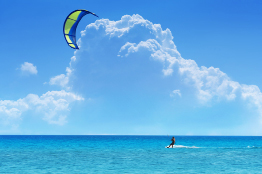
© Dmitry Kosterev/shutterstock
SC 1. Kiteboarding is gaining popularity as an extreme sport. Kiteboarders wear a harness attached to the kite by a line that is often 30 m in length. It is possible for the kiteboarder to reach speeds of nearly 100 km/h. If the kite’s angle of elevation in the photograph is 40°, and the line is 30 m long, how high above the water is the kite? Round to the nearest metre.
SC 2. If a javelin thrower’s toss is to count, the javelin must strike the ground with its point. The following diagram shows a javelin point embedded in the ground with 210 cm of the javelin’s length above ground.
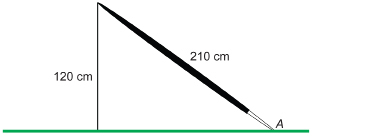
Did You Know?
The javelin is a modified spear. Spears were used throughout the world for hunting. Some of the finest stone spear points are from the Clovis period of early settlement in North America, approximately 13 500 years ago, when a land bridge joined Asia and North America.
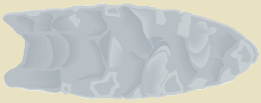
SC 3. Electricians and plumbers must often offset pipes to go through openings or to go above or below obstacles.
Electricians sometimes work with metal conduits (pipes) that contain electrical cable. Electricians use a tool to bend the conduit, as shown in the illustration.
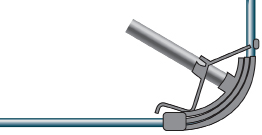
In the following figure, the conduit has been bent twice to offset the pipe vertically by 10 in. Electricians and plumbers call the hypotenuse of the resulting right triangle the travel and the horizontal displacement the run.
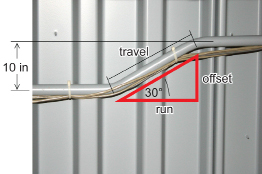
Electricians and plumbers use the sine ratio to calculate the travel. What is the travel in this diagram, if the offset is 10 in and the offset angle is 30°? Round to the nearest tenth of an inch.
SC 4. A guy wire will be used to support a vertical telephone pole. What must the length of the guy wire be if one end is to be attached to the pole at a point 10 ft above the ground and the other end, which is fastened to a stake, is to make a 45° angle with the ground? Express your answer to the nearest inch.
SC 5. A ramp 10 ft long is used to load items from the ground to a truck flatbed 3 ft above the ground. To the nearest degree, what angle does the ramp make with the ground?
 Mastering Concepts
Mastering Concepts
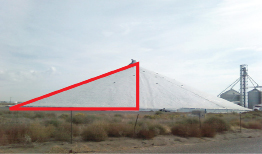
Photo courtesy of Inland Tarp & Liner, Inc
From time to time, when grain storage is limited, farmers will store grain in conical piles in their fields. Depending on how long the grain remains in these piles, the grain may be left uncovered or will be covered with a tarp.
Wheat will form a conical pile with an angle of 25° between the slant side and the horizontal (ground). This angle is called the angle of repose. The angle of repose varies from one kind of grain to another. Corn, for example, has a 22° angle of repose.
Suppose a conical pile of wheat is 3 m in height.
- What is the length of the slant side of the conical pile? Round your answer to one decimal place.
- What is the radius of the pile? Round your answer to one decimal place.
- What is the surface area of a tarp needed to cover the exposed wheat? Round your answer to the nearest square metre. Hints: Use
 (The cone-shaped tarp, geometrically speaking, has no bottom face.)
(The cone-shaped tarp, geometrically speaking, has no bottom face.)